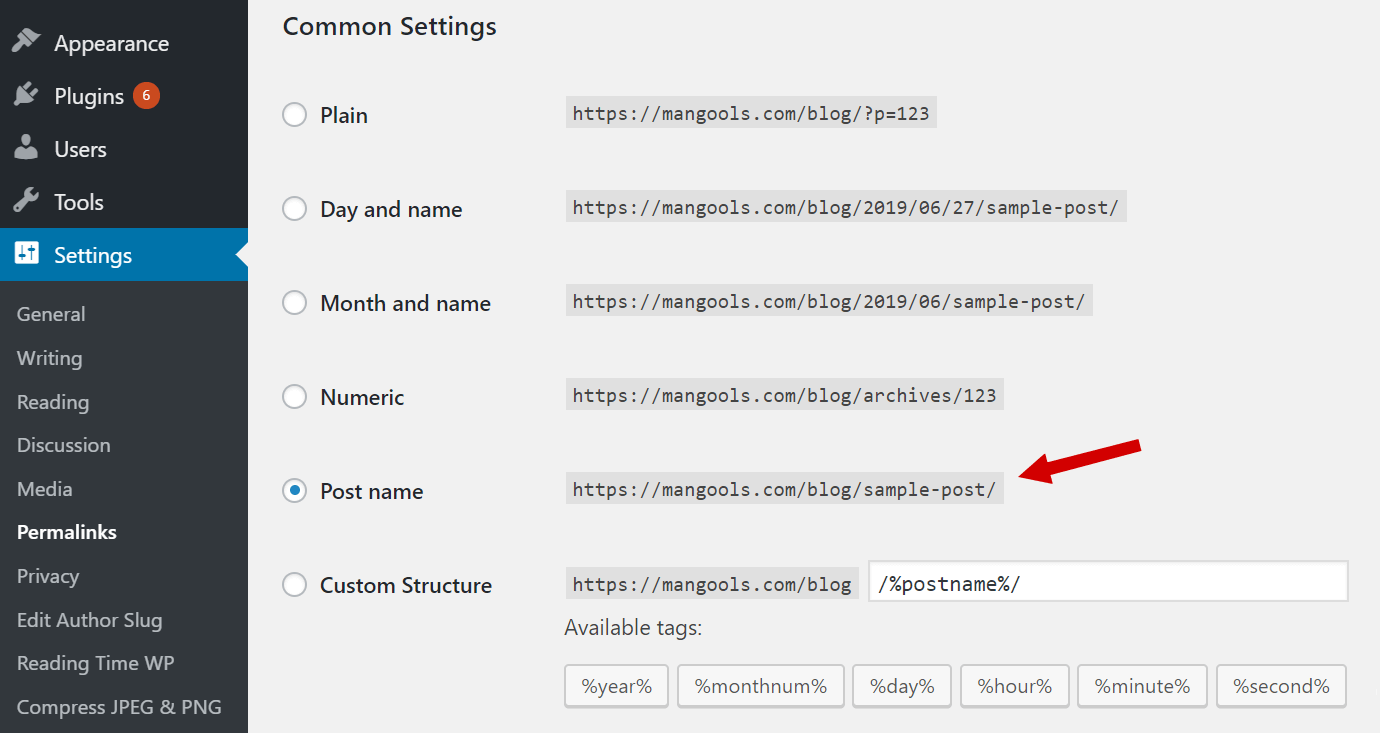


Since Excel is relied upon heavily for completing large builds, it’s often what’s used as the default medium for presenting builds to the client. Exporting your campaigns as an HTML file in AdWords EditorĮxcel is one of the most valuable tools in a PPC account manager’s tool belt, especially when it comes to full campaign builds. No sweat! I’m going to share a simple trick that will save you time and make your client very happy. Anxiety starts to set in as you wonder, “How am I going to be able to effectively present all this information?” The only thing standing between you and launching these campaigns is your client’s review and approval. It’s a rather large build with dozens of campaigns and ad groups, hundreds of ads and extensions, and thousands of keywords. You’ve spent the past few weeks working hard building your new client’s Google Ads campaigns.


 0 kommentar(er)
0 kommentar(er)
